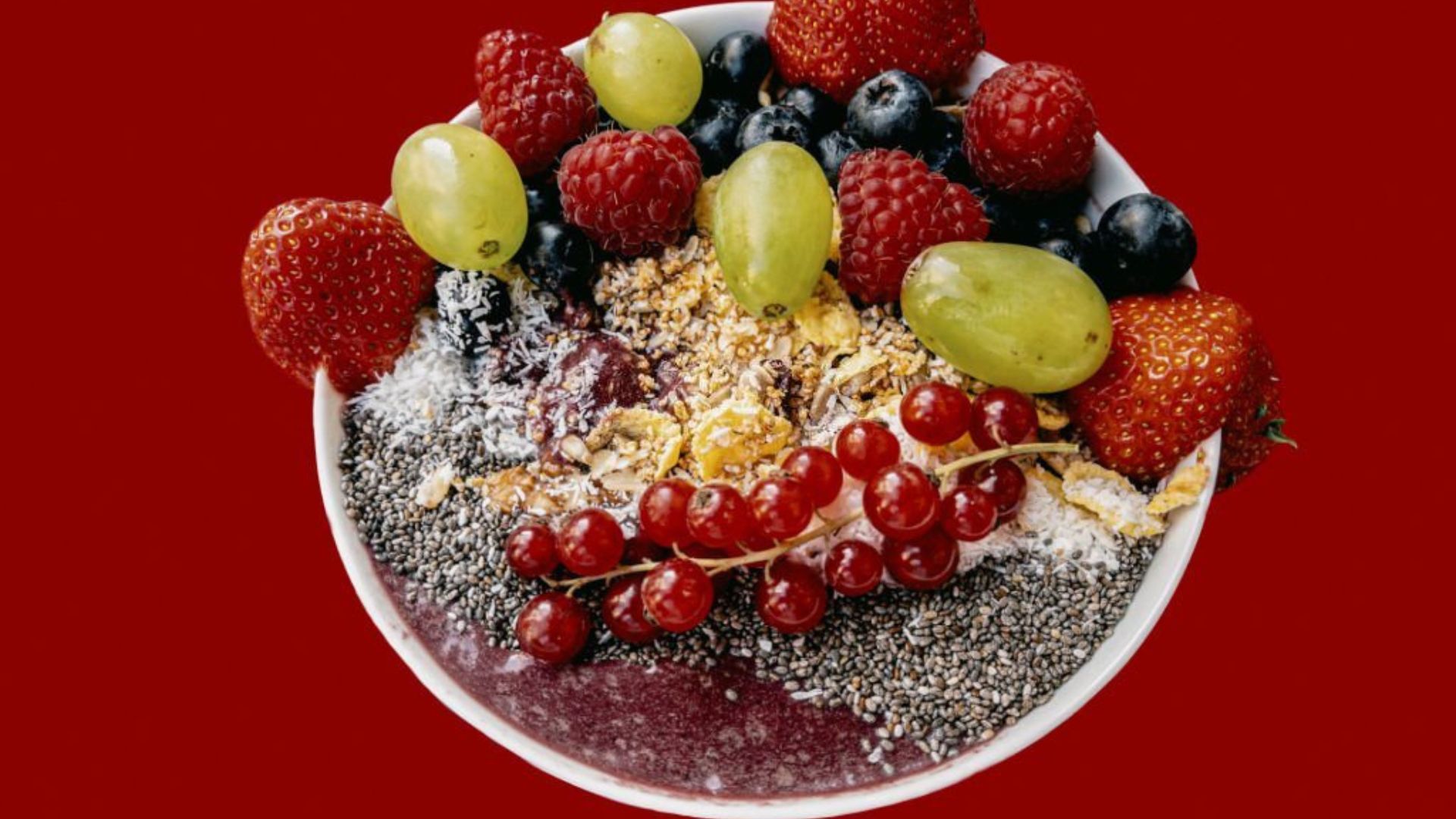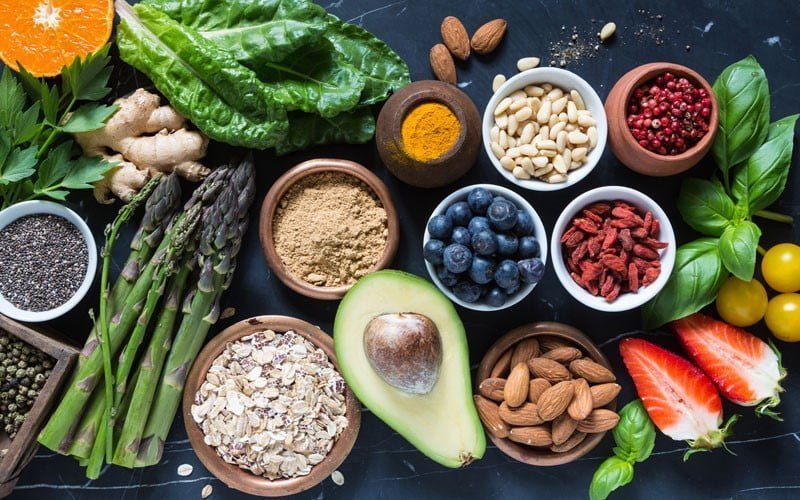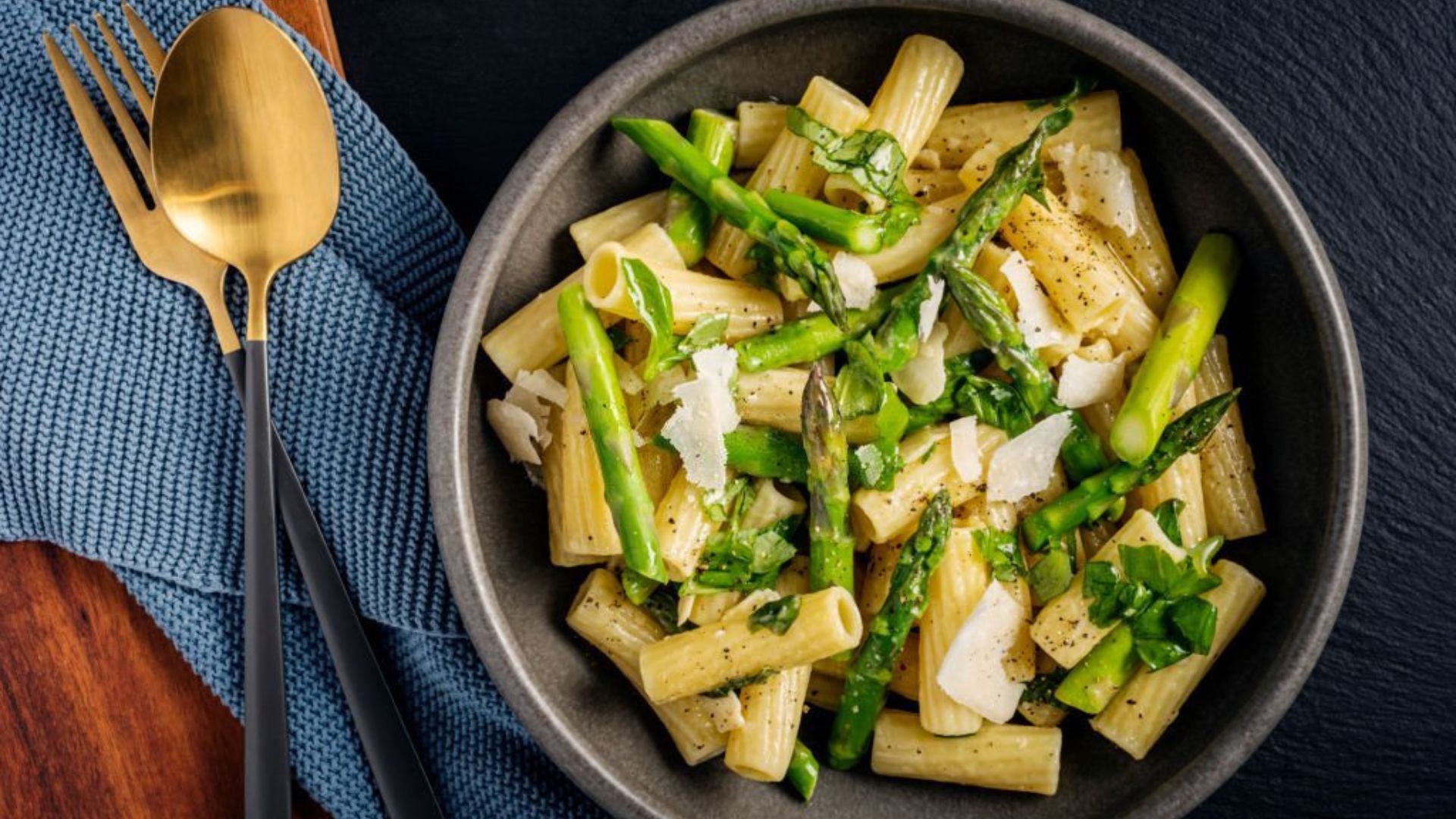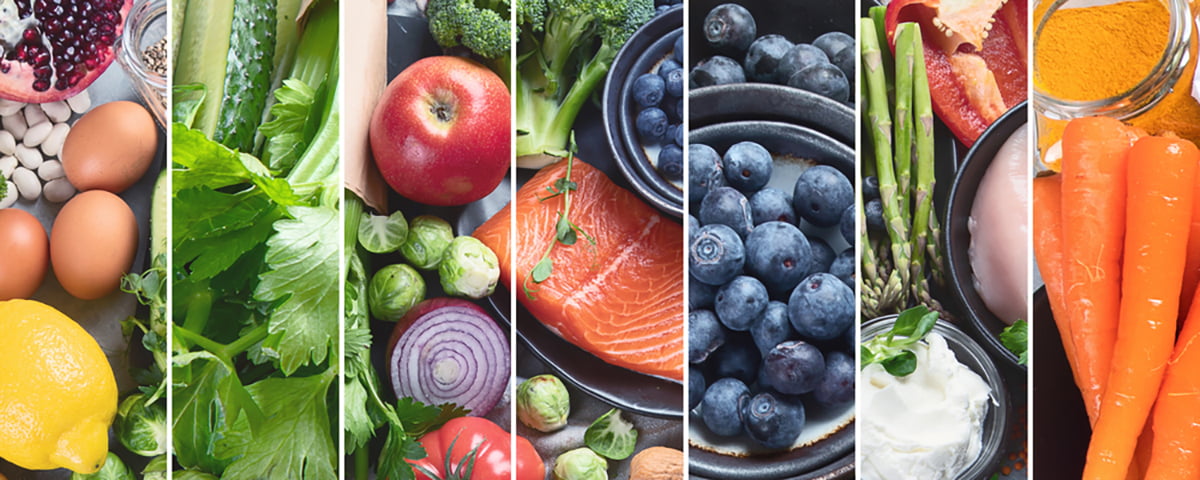
Slowly Digesting Carbs Vs Fast Digesting Carbs Comparison!
Suppose you’re paying close attention to your consumption of carbohydrates to lose weight or to manage diabetes. In that case, you’ll discover that certain foods high in carbs can impact your blood sugars more than others. They cause a sudden spike in blood sugar amounts; that’s the reason they’re sometimes called “fast” sugars. Understanding the difference between fast-carb food and those that are slow-carb will help you control your blood sugar levels.
What Are Carbohydrates?
In its simplest form, a carbohydrate is comprised of sugar molecules. When we consume sugars or starches, the body breaks the sugars into glucose to perform vital functions within every cell.
Three macronutrients are essential, which are proteins, carbohydrates, and fats. Proteins and carbs give us 4 calories for each gram, while fats provide nine calories.
In fitness, field carbs are the subject of conversation. Many so-called “experts” are known to make broad assertions about carbohydrates in general. They are.
Most of them spread misinformation such as “carbs boost body fat” to market their low-carb diet.
It is good to see some resurgence of some nuance in the debate about carbohydrates since most people realize the difference between “good” and “bad” carbohydrates.
Overall, I prefer to steer clear of using relative terms when talking about food items.
In contrast, I’m fascinated by learning about the most healthy carbs, which are known to provide the greatest health benefits.
Let’s look at the distinctions between slow-digesting carbs and faster-digesting carbs.
What Is The Glycemic Index?
The Glycemic Index is a carbohydrate rating based on an arbitrary scale of 0 to 100. A high score (>70) means that food items are breaking down quickly in the body. This causes an immediate increase in blood sugar levels.
However, the low glycemic score (<55) indicates that the carbohydrate has been broken down slowly, causing an increase in blood sugar levels.
In essence, foods with high glycemic content are carbs that digest quickly and fast. Low-glycemic food items are slower in digesting carbs.
A Few General Rules
The less processed food is, and the higher the fiber it contains, the lower the carbs it has. Many foods are simple to classify as fast and slow on this basis, but without having to look for them. For instance, candy is a high source of refined sugars and has a high GI. Also, baked goods are composed of refined white flour, white sugar, and refined flour. This is why white bread is frequently utilized instead of simple glucose as a basis for reference.
Other food items are clearly laden with low-carbohydrates. Many vegetables are low or even a very low GI, even to the point that even the GI database doesn’t list all of them. High-fiber legumes typically have slow carbs as well. Some foods are harder to evaluate, and it’s best to research them through an online source.
Fast Digesting Carbs
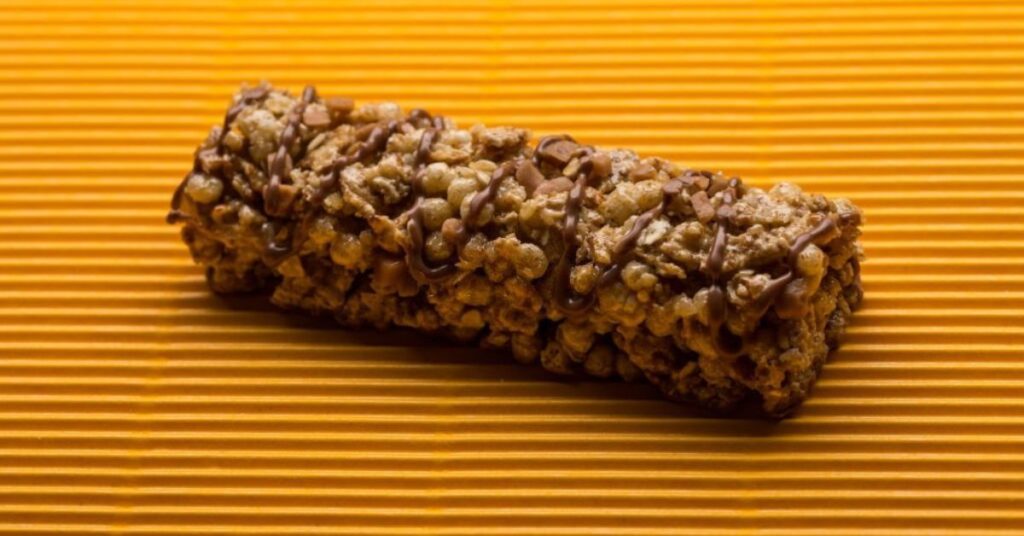
Fast-digesting, high-glycemic carbohydrates generally have more simple carbohydrates and less fiber. Some of the foods on this list are donuts, soda, white bread, and pretzels.
Fast digesting carbohydrates break down fast, which causes blood sugar levels to increase and decrease quickly, making us thirsty and exhausted afterward. In other words, speedily digesting carbs can cause the sensation of a “sugar high” regardless of the age of our children.
While there’s nothing wrong with eating simple, quick digesting carbs, we would like the majority portion of calories from slow-digesting carbs.
The Issue With Fast Digesting Carbs
Fast digesting carbohydrates simply do not provide us with enough energy. This means that we’re more likely to consume a lot of food throughout the day if we eat breakfast with fast-digesting carbohydrates.
In a study conducted in one of the universities, twelve overweight teenagers were offered an extremely high-glycemic breakfast consisting of instant oatmeal (fast digestive carbohydrates) or a moderately high glycemic meal of steel-cut Oats (slower digestive carbs).
Even though they ate the exact calories for breakfast, boys who ate fast-digesting carbohydrates could consume an average of 53% more calories for the remainder of the day, contrasted with the boys who consumed the slow-digesting carbohydrates.
In fact, eating fast-digesting carbohydrates regularly could cause you to eat more without even realizing it. If you’re trying to shed some weight or gain greater control of blood sugar levels and control, slow-digesting carbs is the ideal choice.
Fast Digesting Carbs: Food List
Certain foods with particular high GI, which are the most efficient carbs, are quite surprising. Breakfast cereal made of corn flakes, as an example, has been tested to be at 130, which is one-third more than glucose pure. An orange Burbank potato white jasmine rice and a bowl of cornmeal-based mush could score 100 or higher. Foods that have been proven to be particularly fast in carbs during laboratory tests include:
- Candy
- White rice short-grain
- Rice cakes
- White bread
- Pretzels
- Tapioca pudding
- Cornmeal
- Instantly potato mash
- Energy bars
- Fruit leathers and dried fruits
- Soda and sports drinks
- Instant oatmeal
What Are Fast-Digesting Carbs And When You Should Consume?
Fast-digesting carbohydrates typically have the worst rap but are extremely useful in some situations.
For some, finishing the workout is an onset of munchies. For others, food is the most important thing that comes to mind. Whatever group you belong to, replenishing your muscles’ glycogen stores following (and before) exercise is crucial to see outcomes. A great way to gain that instant boost of energy before or following training is to switch to fast-digesting carbohydrates – food items that instantly increase the blood sugar levels of your body and help replenish the muscles’ supply of glycogen.
What Are Fast-Digesting Carbohydrates?
The fast-digesting carbohydrates can rapidly raise your body’s blood sugar levels the following consumption. In the 1980s and the 1980s, the 1980s saw a Canadian doctor known as Dr. David Jenkins create the Glycemic Index (GI) to assess the effect on blood sugar from carbohydrates. When you consume carbohydrates, they break into simple sugars, absorbed into the bloodstream. The glycemic index determines the speed at which foods increase the blood sugar levels of your body, which is why high-glycemic food spikes the blood sugar levels of your body faster and more significantly than those with lower levels. The fast-digesting carbs are high-glycemic foods that can rapidly increase your blood sugar level.
When Is The Best Time To Have Fast-Digesting Carbs?
The best times to take quick-digesting carbohydrates are before and after your workout. While you exercise, the muscles’ primary sources of fuel are glycogen (the type of glucose stored in the tissues of your body). Exercise is a great way to deplete the glycogen in your body. This is important since glycogen is essential to muscle development and maintenance. When you eat a diet rich in digesting carbs that are fast-digesting before and after exercise, it ensures that the muscles’ supply of glycogen is kept up and provides you with an energy boost. Also, eating fast-digesting carbohydrates at the beginning of the day can help stop muscle breakdown and regulate hormone levels.
When Is It Best To Stop Fast-Digesting Carbohydrates?
In the case of fast-processing carbohydrates, it’s all in the type of carbs you select. Fast-digesting carbohydrates such as bananas, white bread, pasta, or white rice can give you a better energy boost than food items like chocolate, candy chips, or even chips.
It’s all in the timing! Many people opt for carbs that are fast-digesting while snacking and can cause weight gain and longer-term insulin-related issues. Instead, opt for slow-digesting carbohydrates (this includes a variety of vegetables and fruits) for snacks and keep the fast-digesting carbs for a post or last meal after a workout.
Are There Any Examples Of (Good) Fast-Digesting Carbohydrates?
If you’re looking for a quick energy fix, Try snacking on fruit like grapes, bananas, dates, peaches, and watermelon. Rice cakes, bagels, crackers, rice cakes can help, and white potato sweet potatoes, yams, and sweet potatoes. Stay away from the less nutritious fast-digesting carbohydrates such as cakes, biscuits, cookies, ice cream, or sweets. These are deficient in fiber and other vital nutrients easily available in other quick carbohydrate options.
Slow Digesting Carbs

Slow digesting, low glycemic carbs typically contain higher levels of complex starches and fiber, and antioxidants that promote health. Examples of carbohydrates included on this list include virtually every vegetable, whole grain, legume, and a variety of fruits.
They are broken down more slowly than those with high glycemic content.
So, slow-digesting carbs can help us feel fuller for a longer period. You can enjoy long-lasting constant energy instead of an instant boost of energy which causes us to quickly crash.
Slow Digesting Carbs: Benefits
Fiber
One of the main reasons to eat carbs that take a long time to digest is their high fiber content.
Based on the USDA the USDA, less than 3 percent of Americans take the recommended daily amount of fiber, which is 25-30 grams. This is a huge problem within the United States, as dietary fiber intake can help prevent heart disease, diabetes, weight gain, and a host of other chronic illnesses.
Many studies show that eating a diet high in fiber, such as legumes, whole grains, and vegetables, can reduce the rapid increase in blood sugar levels.
But, it could be even more remarkable that eating just one serving of lentils or beans in the morning could lower your blood sugar spikes throughout the day, regardless of whether you’re eating fast-digesting carbs at lunchtime.
The “second food effect” demonstrates the effectiveness of fiber in regulating blood sugar levels and reducing our appetite regularly.
Slow Digesting Carbs: Food List
The most slow-moving carbohydrates in the GI database, which is not surprising, tend to be skewed towards healthy vegetables, fruits, and legumes. Hummus and chickpeas have both scored a GI of 10 or lower in certain tests. Plain yogurt and other dairy products that are not sweetened also have extremely poor GI scores, which makes them slow carbs. Starchy pasta is surprisingly low compared to other pasta, with GI values that average in the 40s because its starches are present in an unpalatable form that takes a long time to digest. Other foods that are particularly slow-carb include:
- Peanuts
- The majority of beans
- Lentils
- Oats and barley
- Tree nuts
- Whole-wheat tortillas
- A variety of fruits
- Nonstarchy vegetables
Whole Foods
Slow digesting carbohydrates are also likely to be natural, unprocessed food items. For instance, according to Harvard Medical School, the glycemic index of particular wheat bread is 53, while the glycemic index for white bread is 75.
White bread is made by removing much of the fiber and other nutrients from the grains. The general rule is that adhering to a diet consisting of whole foods can provide the greatest health benefits.
Simple tip: Avoid nutrition information labels that contain an endless listing of the ingredients!
Fruits And Vegetables
Based on the World Health Organization, approximately 2.8 million deaths per year are caused by low consumption of fruits and vegetables.
Additionally, other researchers have also found that if 50% of the United States population were to take a small portion of vegetables and fruits every day, around 20000 new cancer cases could be prevented.
The slow-digesting carbs could be the most effective way to avoid situations that could end your life. Also, make sure you consume your vegetables and fruits!
Last Words
A carbohydrate is a macronutrient. If we get obsessed with controlling our macronutrients, we cease treating food as food.
Potato chips, white bread, and broccoli are the main sources of their calories through carbohydrates. However, we realize that not all carbohydrates are the same.
Although we would like to concentrate on slow-digesting carbohydrates, we should stay clear of checking the glycemic index of each food item before eating.
In the meantime, it is best to try to eat more fruits and vegetables, legumes, whole grains, and other non-processed food items. So we’ll be taking in the health benefits of slow digesting carbs every day.



